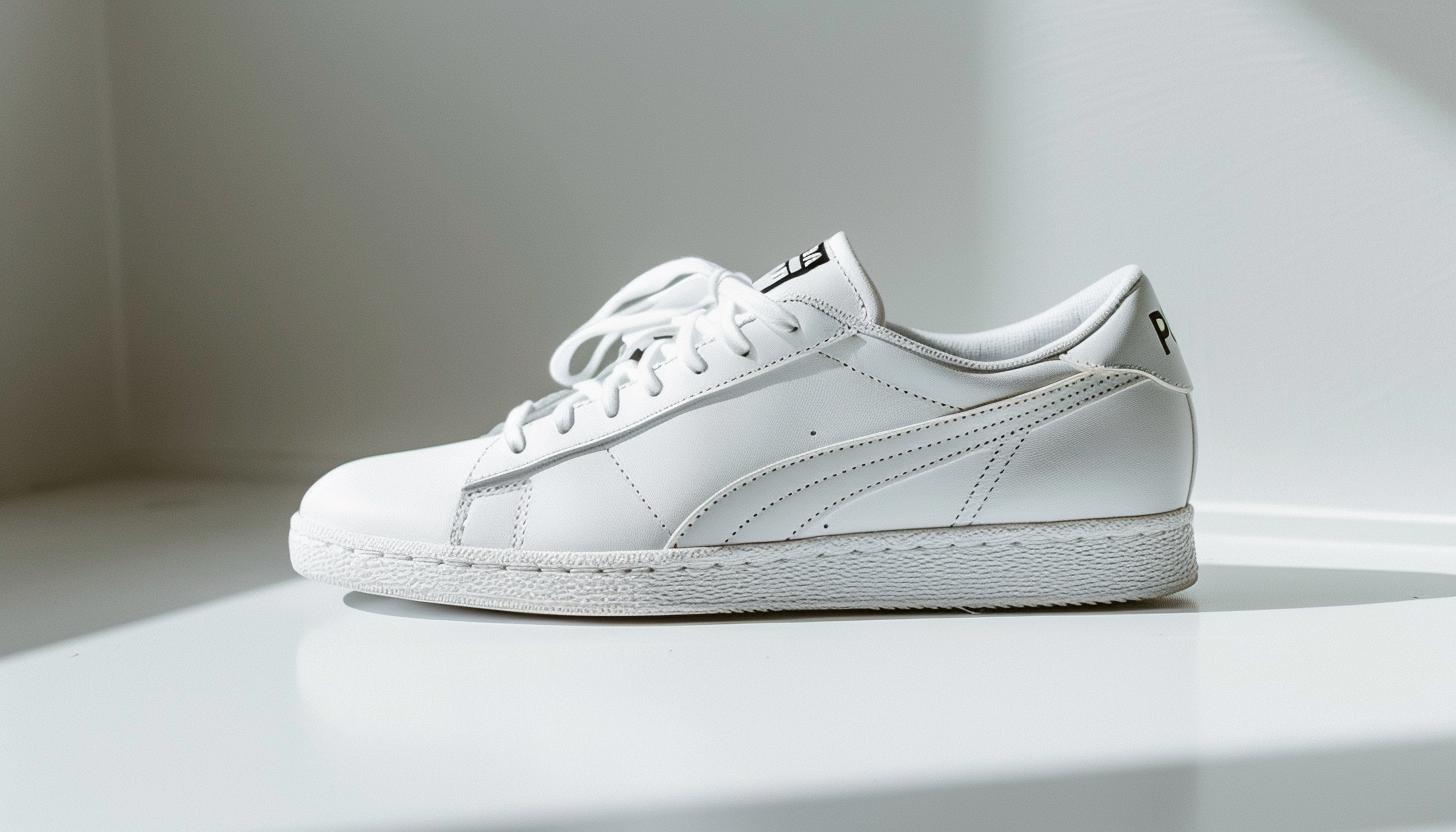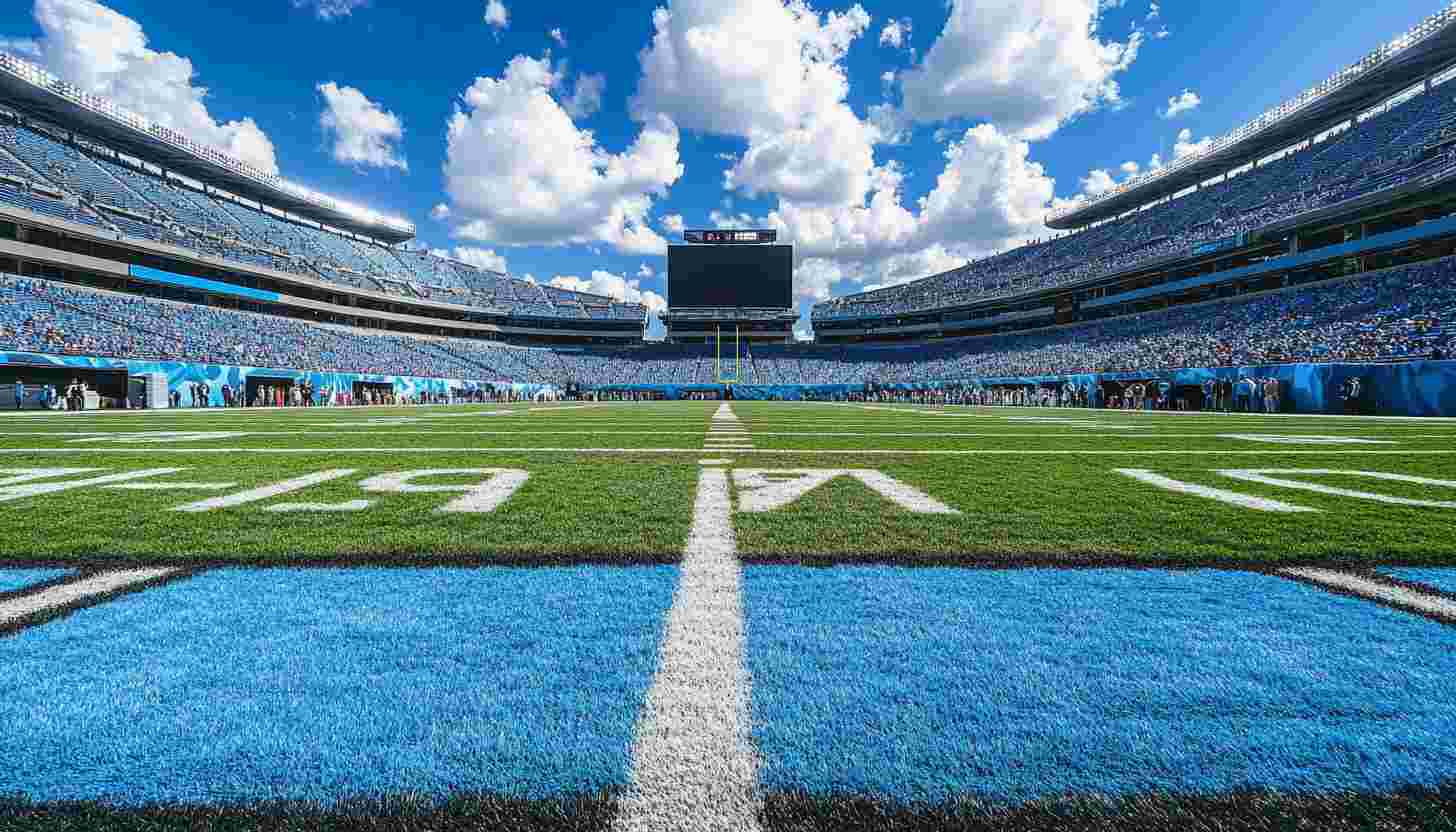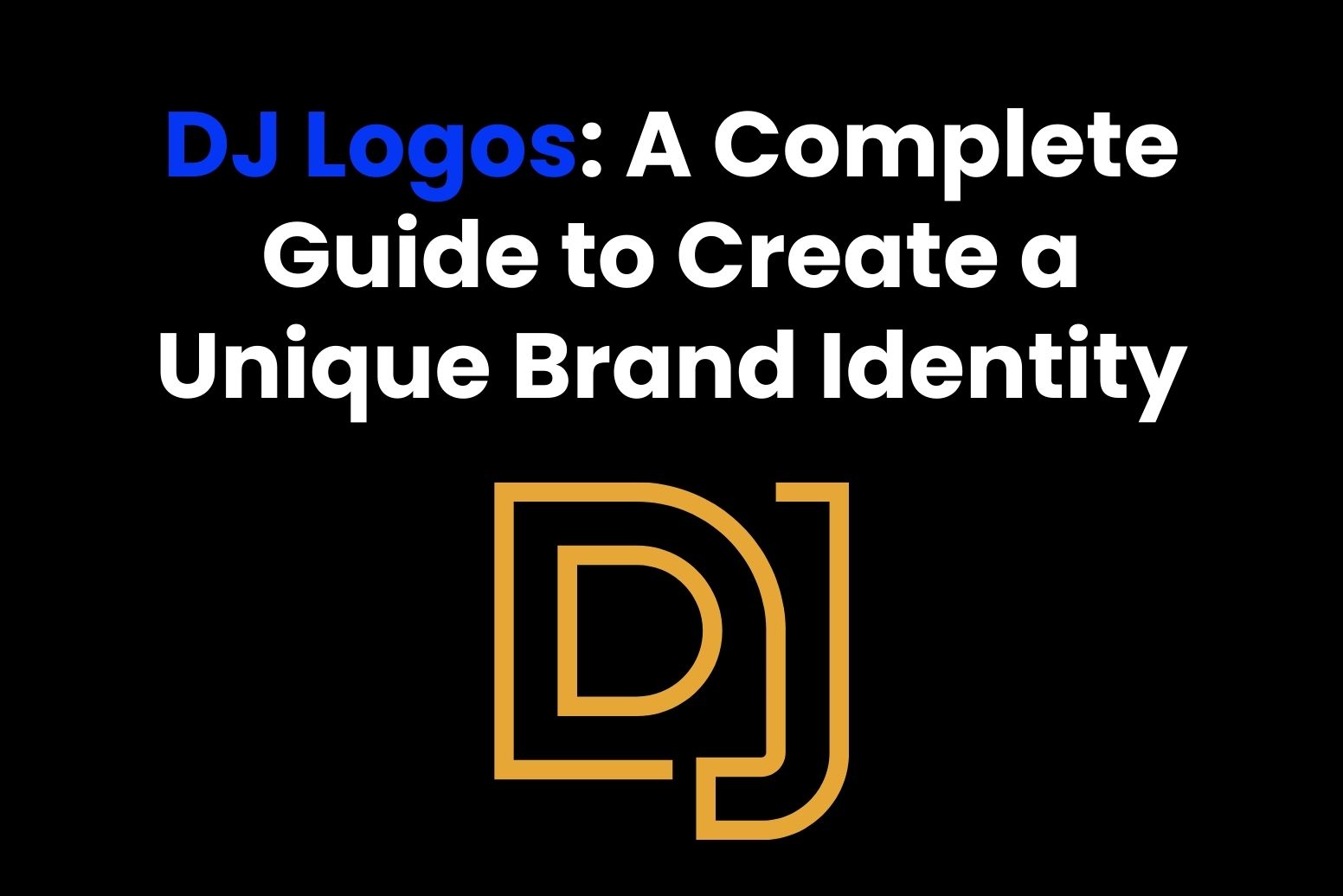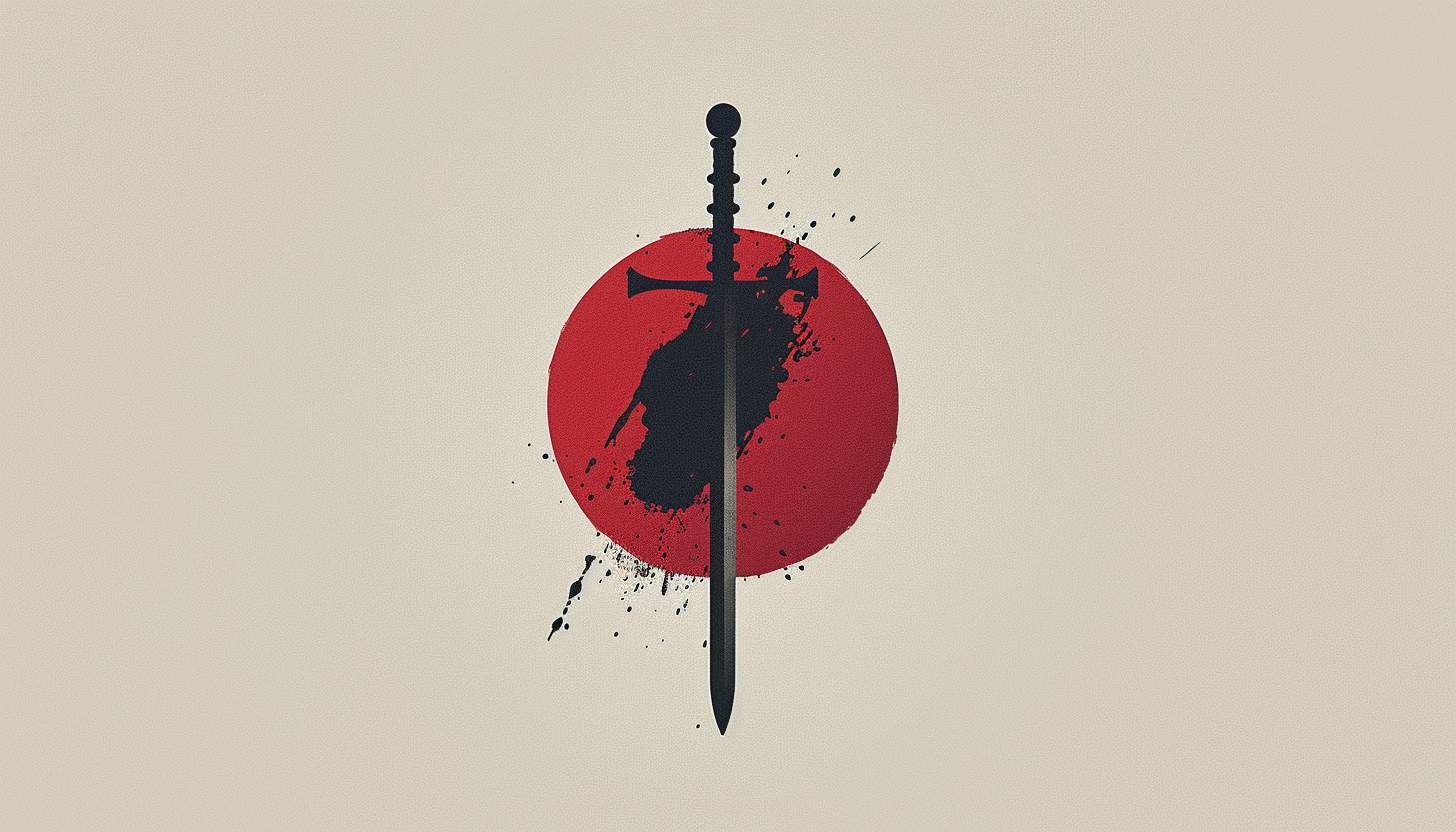The Puma logo is the emblem of Puma SE, a German multinational company. This large global company designs and manufactures athletic shoes and casual shoes. He also known for producing sports-related apparel and accessories. As the company grows, it will expand into a broader market targeting various customers. Therefore, the global brand logo should reflect the ambition to target more important markets. Many companies that expand globally often add to their logos or change their designs.
Part 1: Who is the owner of Puma?
In 1919, Rudolph Dassler, along with his brother Adolf Dassler, founded Gebreuder Dusler Shoefa breek. However, in 1948, the Dassler brothers turned away from their business. Adolf founded the new company Adidas (Adolf Adi and Dassler Das), which later became a well-known brand. Rudolph changed the name to RuDas for a while, but subsequently changed the name to PUMA and registered in 1949.
Dassler Brothers Shoes Factory
Started operations at his parents’ house in Herzogenaurach, Germany. The only shoe factory in this town had scarce resources and no workers except the two brothers. At the 1928 Summer Olympics, most German athletes wore dussler shoes. In 1936, Jesse Owens won four gold medals at the Berlin Olympics, spurring the growth of the business.
Part 2: Meaning and History of Puma Logo
Puma is one of the oldest manufacturers of athletic shoes, wear, accessories and other workout supplies. The brand appeared after a quarrel between two brothers who founded the Dusler Brothers Shoe Factory in 1924. By 1924, the Dassler family had registered the company under the name Dusler Brothers Shoe Factory. A year later, one of the members invented a soccer shoe with a spike that was nowhere before.
Birth of Puma Logo
The Puma logo design inspiration depicts mountain cats from when the company name changed. This idea of naming was, of course, reminiscent of the agility, speed, impulsiveness and freedom of mountain cats. In fact, the name of the new brand originally formed from the name of the founder.
A Shift Towards Simplicity
Several minor changes have been made since the first cat appeared on the Puma logo. The first two versions of the logo had an irregular hexagonal shape, in which the puma jumped through the elongated letter “D.” After that, the logo became simpler, leaving only the free jumping puma.
Symbol of Flexibility
The first version of the famous animal logo to jump conceived by Rudolf Dassler, founder of the German brand. It is no coincidence that an animal named Puma was chosen. Rudolph Dassler believed that the clothing and tools he manufactured should be reminiscent of elegant carnivorous features such as flexibility.
History of Puma logo
As already mentioned, the Puma logo has changed many times over the years, but graceful wild cats have always been part of the badge, except for the version Puma used for only two years in the 1970s. However, this design also means a lot to Puma, and the thick black lines that stand upright and thin towards the top are still used to decorate Puma’s wear and shoes.
1948 – 1951
Puma’s first logo unveiled in 1948 and boasted the image of a black, graceful wild cat jumping a sharp, thin letter “D,” which also white, while being based on black. The brand also used a reverse color version of the badge, placing white animals and letters on a black hexagonal background.
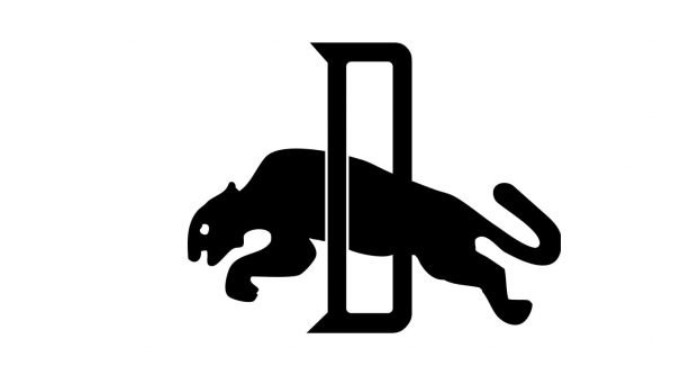
1951 – 1956
In 1951, the logo colors of the Puma badge reversed, and a white cat jumping in stylized white letters painted on a black hexagon with a horizontally stretched bottom. This version of the logo only used for three years, and several improvements made in 1951.
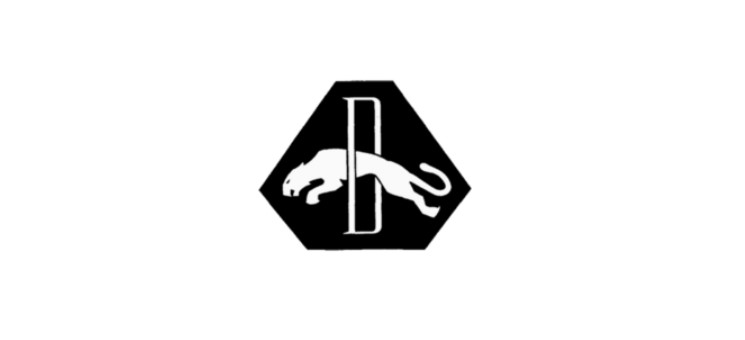
1957
In the redesign of 1957, the cat and letter again turned black, the hexagon white, and the outline all black. The hexagon turned white and the outline all turned black. The design surrounded by a thick white frame, and the letters of the black serif written in capital letters around it.
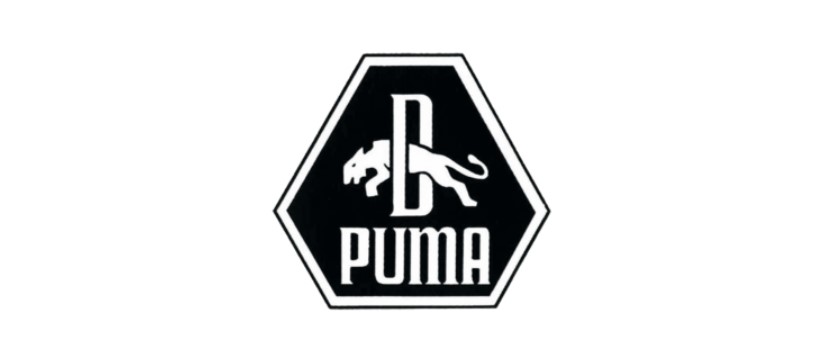
1958
In the 1951 redesign, the original logo accompanied by geometric lettering, and the logo enclosed in a double hexagonal frame with the letters “Rudolf Dassler Schufabrik” around it. In the middle of the badge, under the image of a leaping cat, the letter “Puma” written in a thick black typeface with rounded lines. This wild cat was too small to express all of Dussler’s ideas of grace, flexibility and durability with the most geometric badges in brand history.
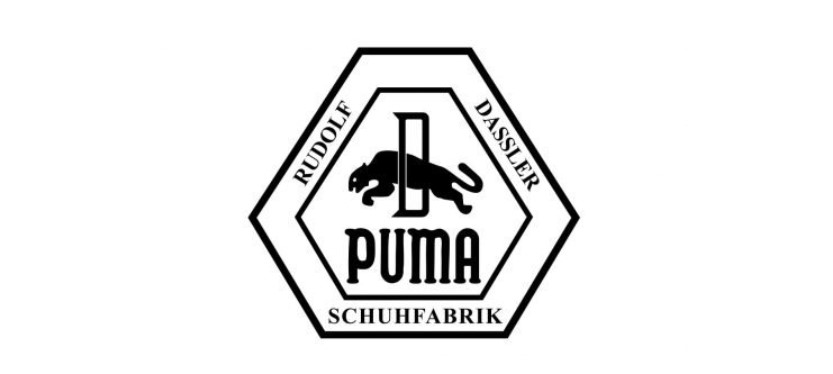
1958 – 1968
In 1958, Puma began using the new emblem along with the logotype and distributing the emblem to all Puma shoes. To this day, Puma uses this minimalist emblem for wear, as a symbol mark for most sneakers produced by the Puma brand. This symbol mark is as popular as Adidas stripes and Nike swoosh.
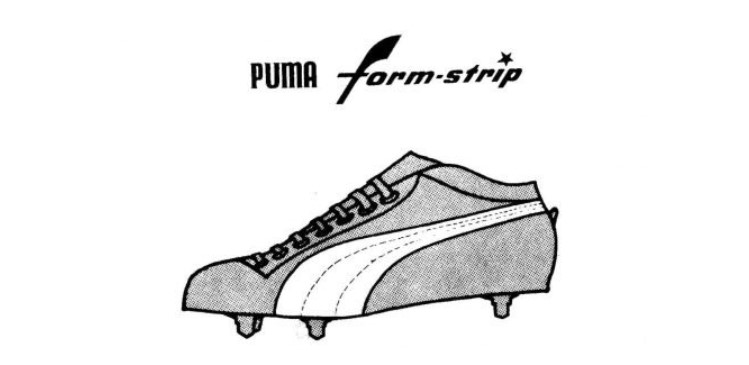
1968 – 1970
In 1968, the black cat revived into the visual identity of the brand, and the original outline of the logo refined and cleaned. This minimalistic emblem used for only two years, after which a little modification made. Rudolf’s son Gerd Dassler was friends with cartoonist Lutz Buckes. He asked to design the new Puma logo.
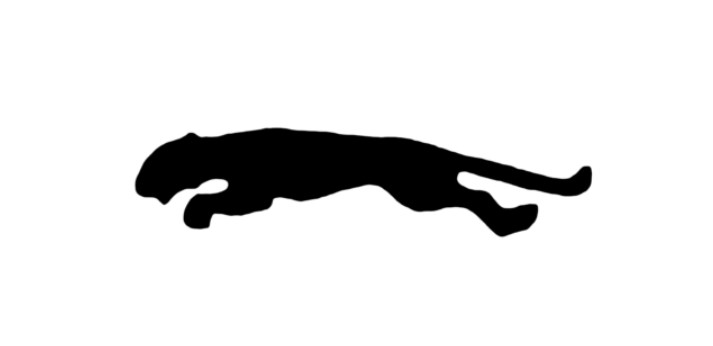
1970 – 1974
Puma began to placed vertically in 1970. It was around this time that the predecessor of the current iconic badge was born. The main color changed from black to white, and the animal silhouette had a delicate black outline, making it look more elegant and elegant. This also one of only three puma badges drawn without letters.
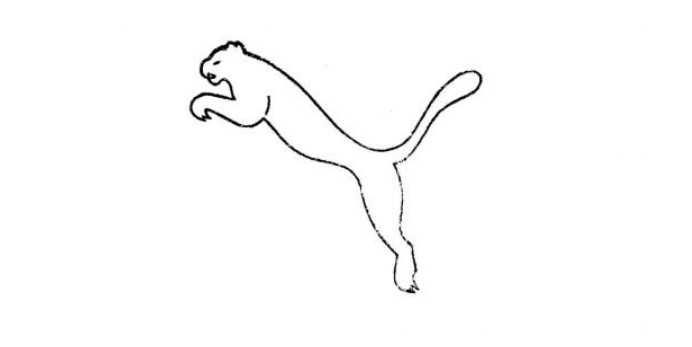
1974 – 1976
The jumping cat turns black again and is a bespoke sans-serif typeface with rounded letters, placed on the right side of the expanded bold wordmark. This composition is placed on a bright background and surrounded by a horizontally stretched rectangular frame. At this time, the brand used a different logo colors palette. The icons on the background of the yellow letters and green colors represent growth, progress and willingness in a fresh and bright combination.
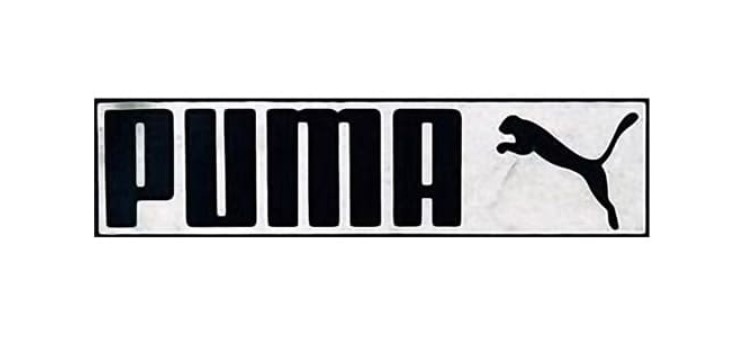
1975 – 1976
Another version of Puma’s badge announced in 1975 and used only for several years by the sportswear maker. A rectangular green banner with a pale-yellow character in the center, a cat leaping in yellow on the right, and a soccer boot with yellow and green on the left were arranged diagonally.
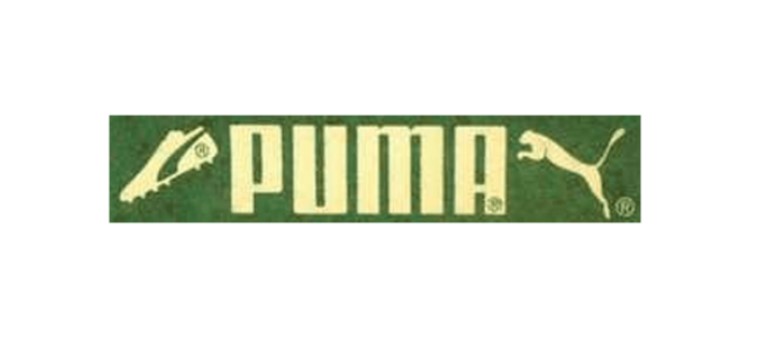
1976 – 1978
The vertical pole of P “is elongated and expressed in a thick line of modern yet very simple sans-serif typeface.
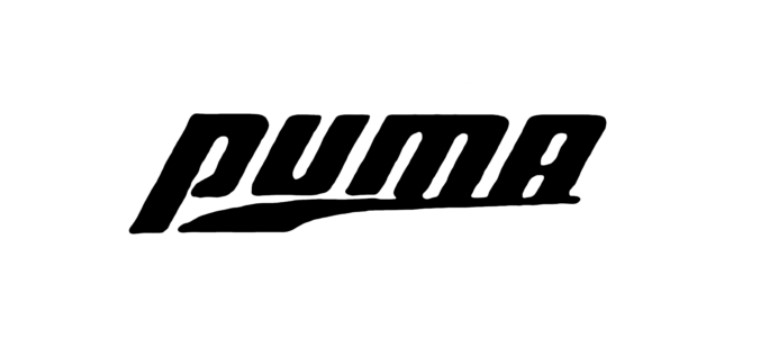
1978 – 1980
One of the badges Puma used at the end of the 1970s was a black single-color emblem featuring a jumping wild cat, painted on white ground, with no additional elements. It was exactly the same puma as the 1974 badge.
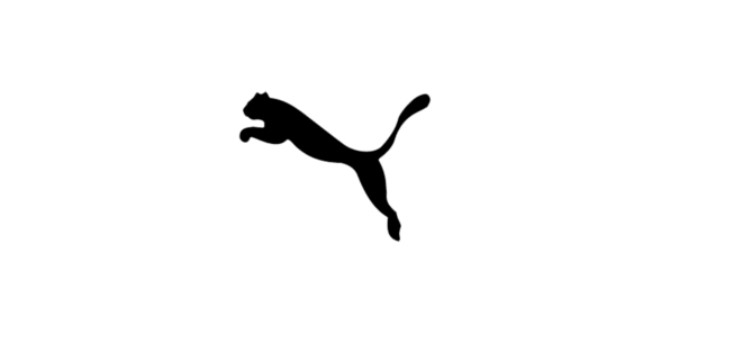
1979 – 1980
In 1979, the logotype character was capitalized again, and the jumping puma was revived the same year. This is the early logo we can see today. The surplus cat was placed on top of the dinner at the top right of the wordmark.
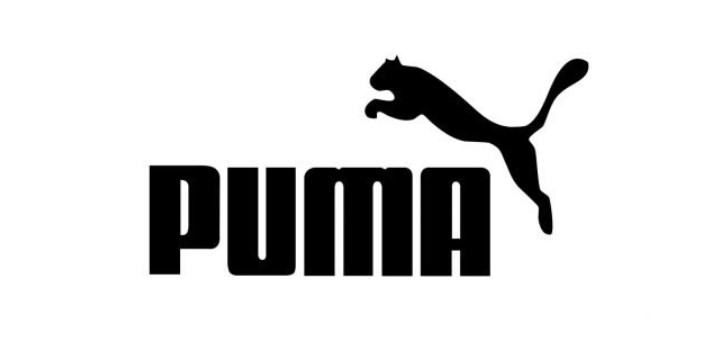
1980 – 1982
In 1989, the symbol mark of the puma was used without being added, and this is the icon still seen today. The contours of wild cats are perfectly washed, softened, elegance, timeliness, and Puma’s professional approach.
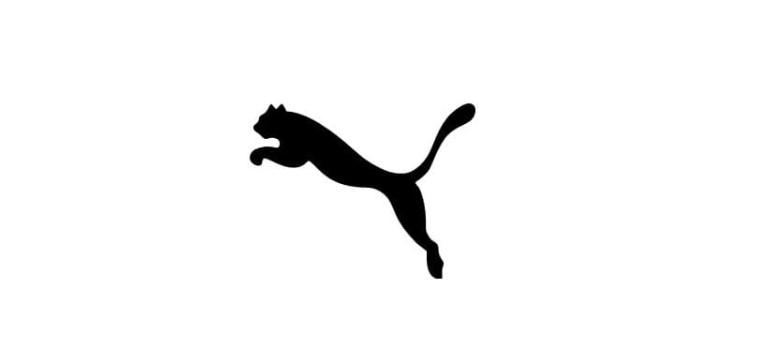
1982 – 1988
Another version, created in 1989, combines the symbolic symbol of the puma, form trips, and leaping cats, adding a bright gradient image to the logotype, leaving the leaping animal intact.
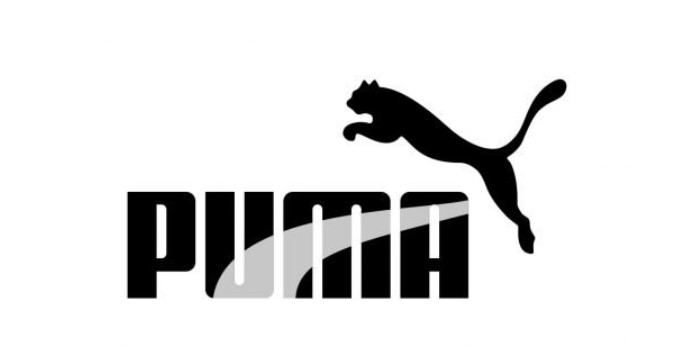
1988 – 2003
The logo, published in 1988, almost follows that of the 1980s, but the lines of the letters become linear and soft. The smooth and chic typeface refines the overall image and adds a sense of reliability and expertise to all the qualities of the brand.
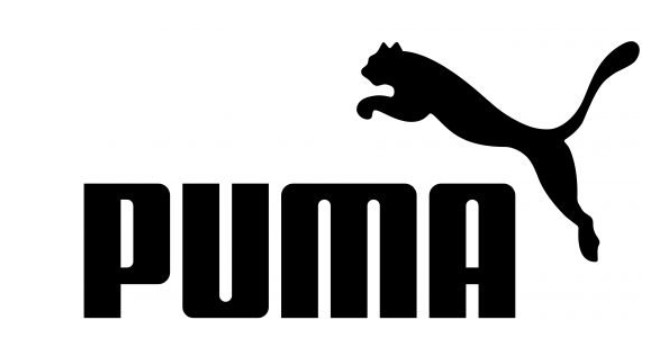
2003 – Present
In the 2003 redesign, Puma’s visual identity remains the main element, adding his hand to the color palette, creating an intense and bright logo with a solid red background, heavy white letters, and a right emblem.
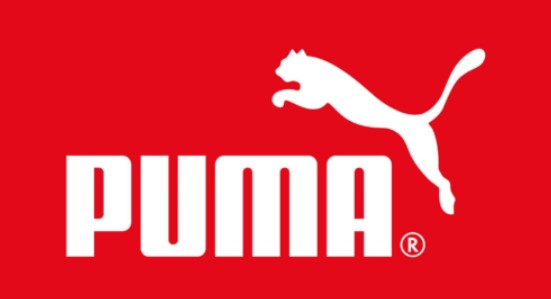
Part 3: Puma logo design elements
The Puma logo is unique but simple, so you can see it at a glance. With only one typeface, a pattern, and color, it remains an impressive symbol of excellence in the sports goods market. Describe the design elements of this emblem.
Font
The typeface used today is somewhat similar to that made by Rudolf Dassler in 1957. The round shape is dominant here, and there is no sharp angle. However, the current typeface is more solid and the characters are slightly changed. The closest commercial logo fonts to the Puma emblem is probably Quandor Regular or FF Softsoul Std Bold, with some changes to the contour.
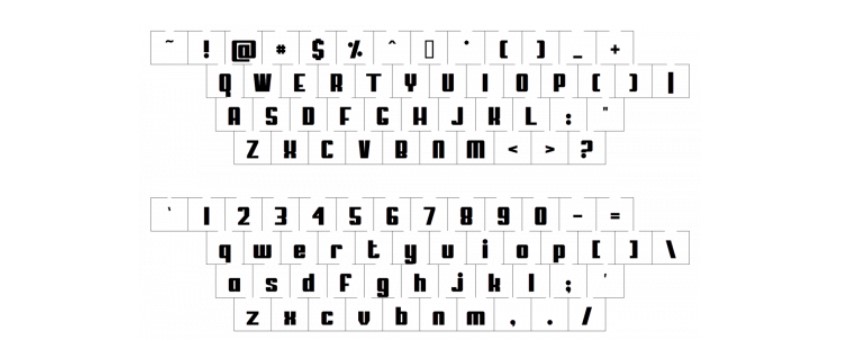
Color
The Puma logo is usually painted in black on white. However, if you need to choose a different color depending on the situation, you can put a white line against the background of red plain or see the brand logo in the dark navy and white color palette. Every version looks equally powerful and progressive.
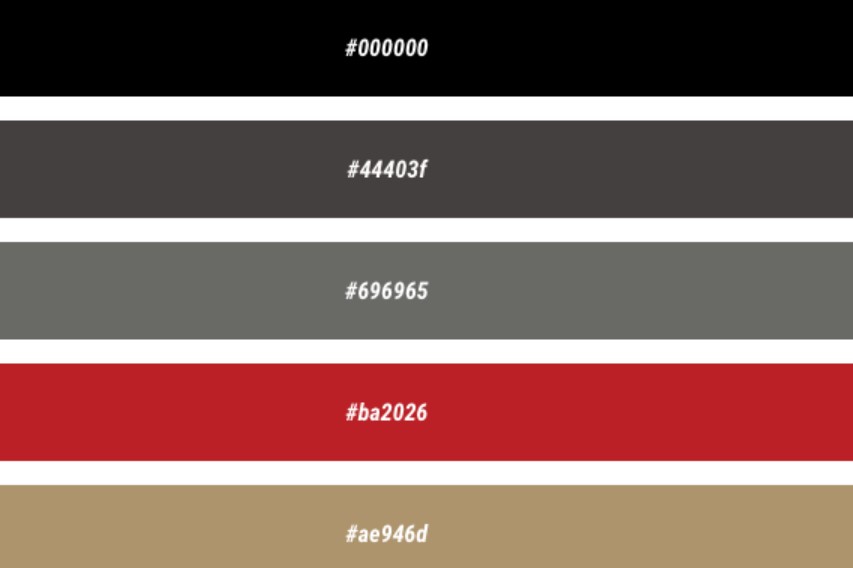
Part 4: Products of Puma
Puma’s brand identity is the pinnacle of the sports brand industry with the most sponsors in the Olympics. Let’s see some of the products offered by this brand.
Sports Shoes
The Puma shoes were a hit not only among Germans but also fans around the world, and the football boots garnered cross-border demand and showed leadership of the brand.
- Atom and Super Atom in the 1950s were the first football heritage boots with screw-in studs.
- Pumking became Pele’s sponsor in 1970, and Pele won the World Cup and became the best player in the tournament.
- Puma King and Rotor Matthaus from Puma helped Germany win the World Cup.
- In 2009, Usain Bolt, wearing the Puma Ignite XT, set a world record of 100 m and 200 m.
- In 2019, futuristic Fi – Fit Intelligence shoes revolutionized the footwear industry.
- Shoes for all sports and events, such as Puma Clyde and Puma AG, are in Puma Stock, claiming a projecting presence in the world’s sports shoes capital.
Part 5: Sports Equipment of Puma
Puma provides various sports equipment on its website to meet the various needs of each consumer.
- Selina Williams wore a puma dress in 2002 and promoted the brand’s sportswear.
- The 2010 acquisition of Cobra Golf launched Puma’s service to the golfer community.
- Sweatshirt, tracksuit, pants, swimsuit, soccer ball, etc.
- Various sports equipment for men, women and children.
- Sports equipment such as basketball, soccer and running.
Clothing and Accessories
Various clothing items from hats to socks, watches to handbags can be purchased at brand outlets and websites.
- All types of clothing and accessories are available regardless of gender or age.
- There are also sunglasses, backpacks and fitness accessories.
Part 6: The Legacy of Puma continues
Amid further challenges and fierce competition, Puma CEO Arne Freund is preparing for the next Puma launch. With a clear focus on the Olympic and Puma Super Atoms, the company is also working on low-cost brands for audiences. The following programs are underway to provide support for local communities and to help them survive post-COVID financial difficulties:
- Start of the Forever Fast + campaign to inspire and motivate all hard-working athletes.
- Neymar Jr sponsors the Return of the King to inherit the legacy of Pele and Maradona.
- Lewis Hamilton wins his seventh Formula One World Drivers Championship.
- Winnie Harlow and Dua Lipa lead the women’s empowerment program under the She Moves US campaign.
- Jay-Z signed for regional development under the name “Only See Great” using the Puma logo.
Part 7: Arvin AI is the Best AI-Powered Logo Maker
A great logo really important for brands to get well recognized and make it successful. A perfect logo sets one business above its competitors, suggesting professionalism and credibility. The best logo-making solution for businesses that Arvin AI can ever offer is by powerful AI-driven tools, and the design becomes easier along with facilitating impactful and memorable logos. Among all these logo creators, Arvin AI offers the best AI-powered tool solution for logo creation and provides advanced solutions.
Key Features of Arvin AI
- AI Logo Analysis: This will help businesses have the best logo designs possible.
- Color and Typography Analysis: This would ensure that the logos are both aesthetically pleasing and functional.
- Trend-based design: the mantra keeps brands ahead as they move ahead in a competitive market.
- Custom Logo Generation: It generates custom and tailored logo designs in accordance with the brand identity using AI.
- Scalability to Businesses: This is ideal for both small startups and large enterprises.
Steps to Use Arvin AI for making Logo
Step 1: Visit the Arvin AI Website
Open your web browser and navigate to the design page at logo.arvin.chat to begin the process of creating your band’s logo.
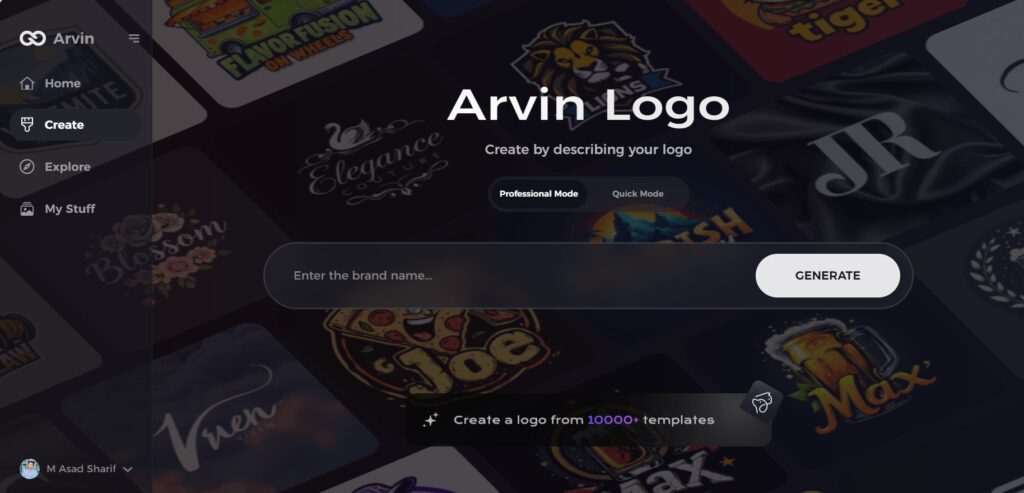
Step 2: Fill Out Your Band Information
Enter essential details such as your band’s name and music genre. This information helps the AI generate logo designs that align with your band’s identity and style.
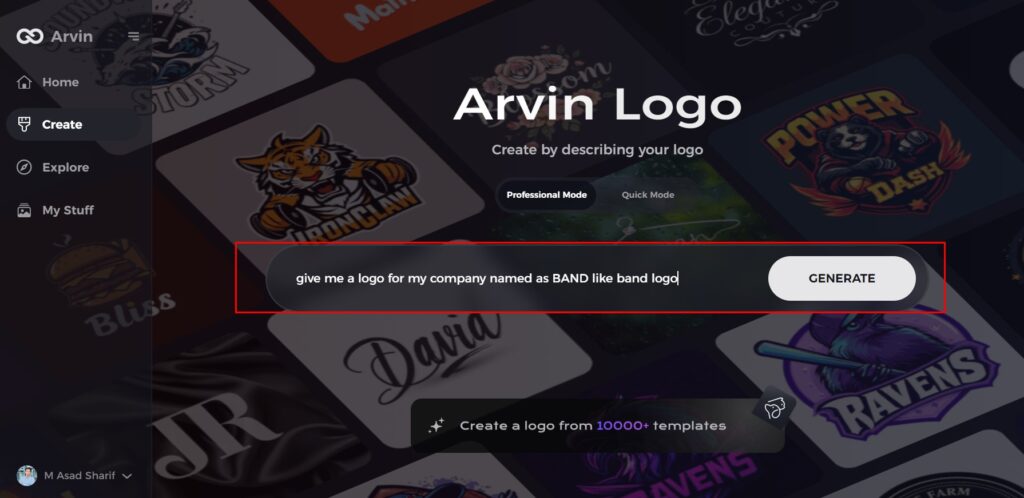
Step 3: Choose Your Genre
Select a genre from the list provided. This helps the AI refine the logo styles and designs based on your band’s specific genre and aesthetic.
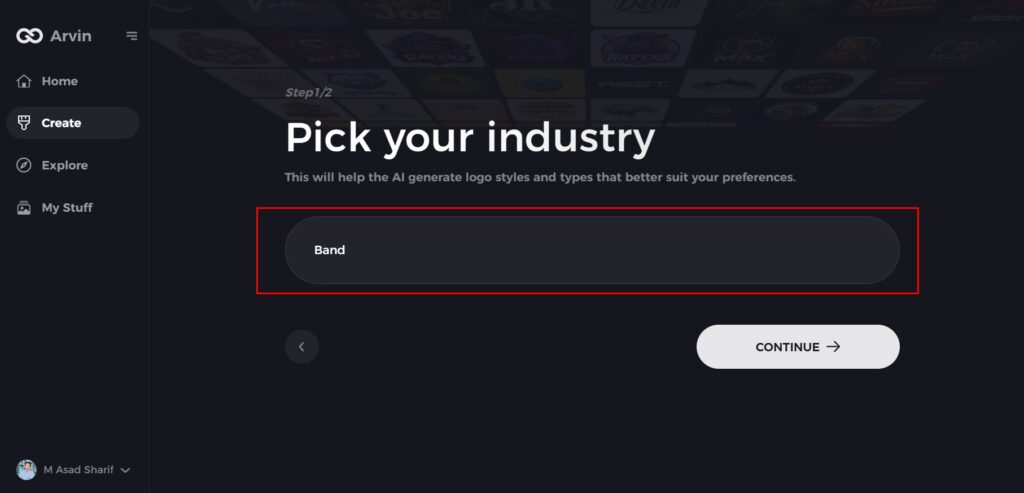
Step 4: Pick the Design Style
Browse through the available styles and choose one that best represents your band’s image. If you’re unsure, you can skip this step, and the AI will generate designs based on default inspiration.
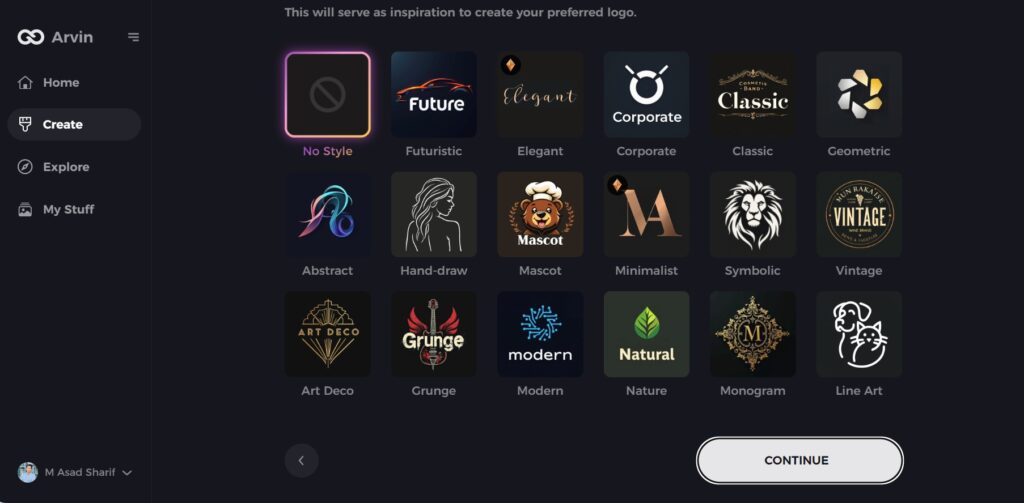
Step 5: Review Logo Ideas
The AI will generate a variety of logo concepts based on the information you’ve provided. Review the ideas and select the ones that best capture your band’s spirit.
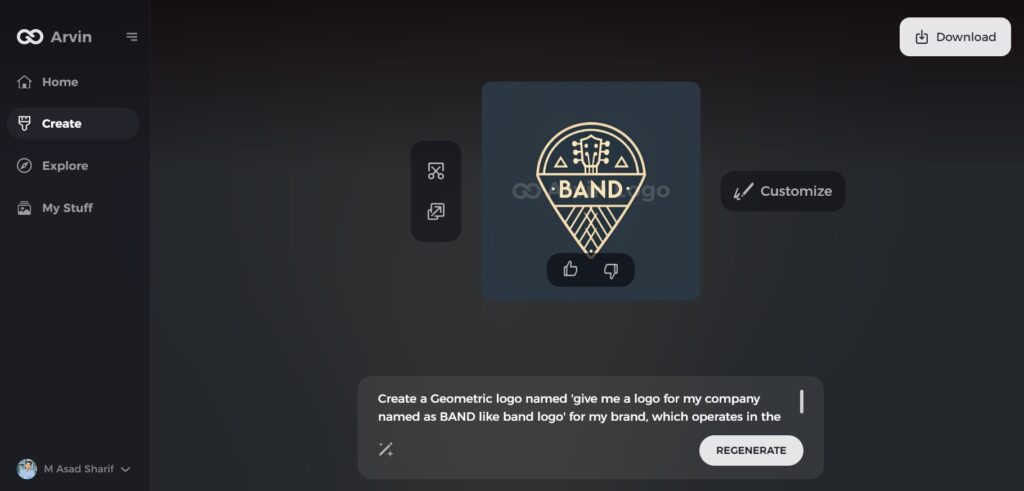
Step 6: Personalize Your Logo
Refine the selected design by adjusting elements such as colors, fonts, icons, and layout to match your band’s unique style.
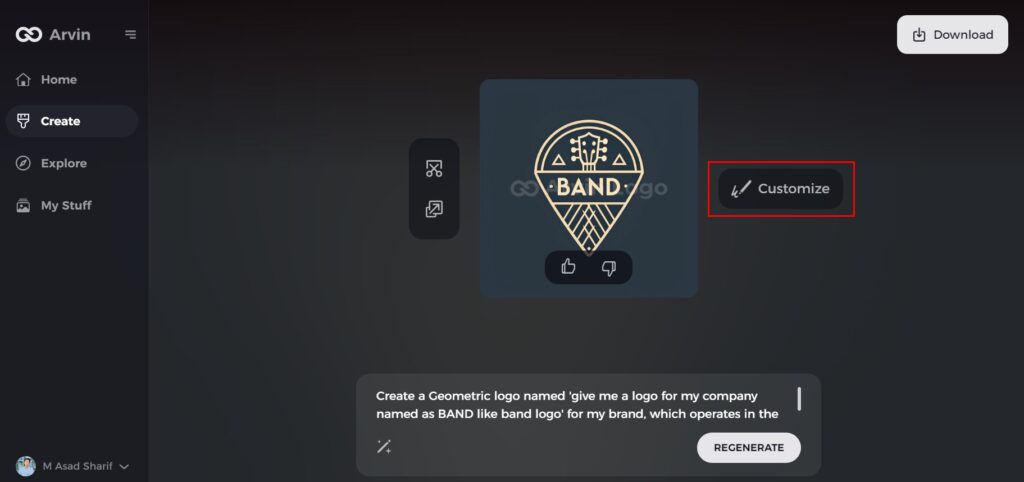
Step 7: Download Your Logo
Once you satisfy with your logo, download it in formats like PNG or SVG. These formats ensure compatibility for use across websites, social media platforms, and print materials.
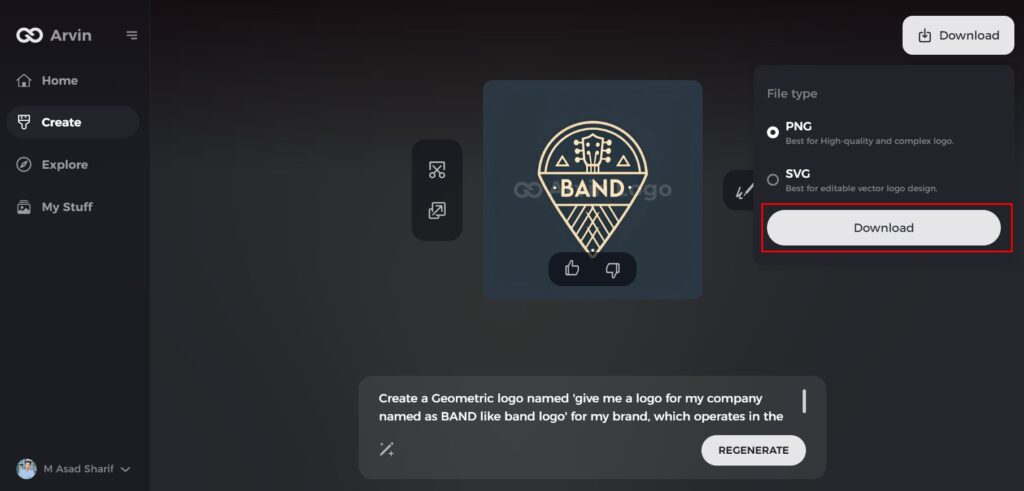
Conclusion
As of 1948, it has undergone tremendous changes in which the Puma logo symbolizes speed, agility, and the strength of men. The company’s evolution would reflect in it as well its ability to align itself with trending patterns without hampering the dynamic visual identity in which a firm’s logo boosts brand awareness also fosters reliability and loyalty between the customers themselves. Use Arvin AI, companies can come up with logos that bring to life their special brand, vary in their surroundings, and lastly have a final mark within their respective markets.
FAQs
What is the year when the first Puma logo was introduced?
The first Puma logo was introduced when the company was first established by Rudolf Dassler in 1948.
What is the meaning of the Puma logo?
Fortunately, he quickly dismissed the idea and picked the name “PUMA”. Helmut Fischer remembers why: “Rudolf’s vision was that all of his products would embody the characteristics of a Puma cat: speed, strength, suppleness, endurance and agility
How has the Puma logo evolved with time?
A logo has been a matter of a lot of alteration, ranging from a very simple design to the leaping puma and to refine typography to modernization.
How is Arvin AI facilitating logo design?
Arvin AI provides AI-based logo analysis that helps brands to come up with distinctive, impactful, and trend-driven logos.

